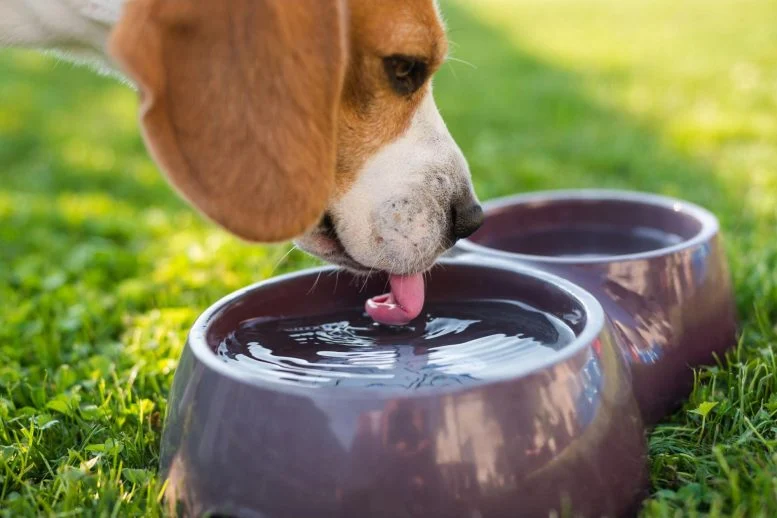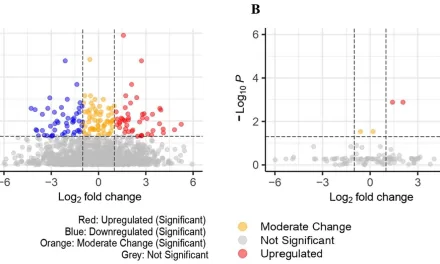As summer temperatures soar, pet owners often seek ways to keep their canine companions hydrated during walks. While public water bowls may appear to be a convenient solution, a leading veterinarian is urging caution, citing potential health risks.
Dr. Lori Teller, a clinical professor at the Texas A&M School of Veterinary Medicine and Biomedical Sciences, highlights the dangers of allowing dogs to drink from shared water sources. “Even well-intentioned offerings from local businesses or neighbors could contain hidden contaminants,” she warns.
Contamination Concerns
According to Dr. Teller, stagnant water in public bowls can harbor a range of harmful substances. “This is of particular concern if the bowl is not cleaned regularly or if the water is left standing for extended periods of time,” she explains. “Stagnant water can retain environmental contaminants, such as plant material, parasites, toxins, mold, and more. Dogs that have stepped in fecal matter and then played in the bowl could leave parasites and bacteria in the water.”
Dr. Teller identifies several diseases that can be transmitted through contaminated water bowls, including:
- Kennel cough: A respiratory infection.
- Canine papilloma: A virus causing oral warts.
- Salmonella: A bacterial infection causing gastrointestinal issues.
- Giardia: A parasitic infection leading to digestive problems.
- E. coli: A bacterial infection causing dehydration and diarrhea.
- Leptospirosis: A bacterial disease potentially leading to organ failure.
Safe Hydration Practices
To mitigate these risks, Dr. Teller recommends that pet owners carry their own water and collapsible bowls. “Ideally, owners would carry a collapsible, portable bowl and some fresh water with them to give to their dog,” she advises. “Alternatively, they could stop at a restaurant or convenience store and request a cup of water for their dog.”
However, she acknowledges that in cases of extreme heat and dehydration risk, using a public water bowl may be necessary. “If your dog is hot and thirsty and at risk of dehydration, then that may take precedence over avoiding the water in the bowl,” she says.
Household Bowl Sharing
Dr. Teller also addresses the issue of bowl sharing among pets in the same household. While sharing a water bowl is generally less problematic, she advises against sharing food bowls. “Often, dogs may need different portions of food, and in many cases, one dog may need a diet change due to a medical condition; that can be much more challenging to manage if the dogs share a bowl,” she explains. Regular cleaning of both food and water bowls with soap and hot water is still recommended.
Ultimately, Dr. Teller emphasizes that pet owners must exercise their best judgment when deciding whether to allow their dogs to drink from public water bowls. “If it looks like pond water, a dog should not drink from it,” she cautions. “When in doubt, it is always better to be cautious with the possibility of contaminated water, as owners should not gamble with the health of their cherished pet.”
Disclaimer: This article provides general information and should not be considered a substitute for professional veterinary advice. Always consult with a qualified veterinarian regarding your pet’s health and specific needs.(https://scitechdaily.com/veterinarian-reveals-why-you-shouldnt-let-your-dog-drink-from-public-water-bowls/)












